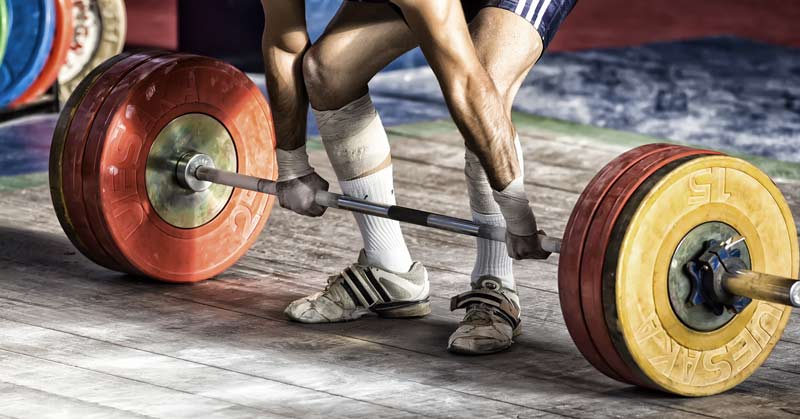Your activity tracker can't tell how many calories you burned

Hav you ever found yourself at the end of a grueling workout, heart racing and muscles crying out for mercy, only to glance at your fitness watch to see an embarrassingly low number of calories burned? You may be left feeling disappointed or even a bit cheated that your efforts are not paying off.
It's frustrating, I know. But ultimately, there really is no need to stress over the calorie estimates from your activity tracker. The truth is, when it comes to calorie burn, each of us is one of a kind. Our bodies differ greatly in how much energy they burn, and they differ in ways that wrist-worn devices do not take into account. Whether you own a FitBit, a Garmin, a Whoop, an Oura ring, or any other type of fitness tracker, the calorie calculations are likely to be off by quite a bit.
It’s not just about the type of exercise you do or how hard you're pushing yourself. Many factors contribute to this complexity, like your body composition (i.e. your body's distribution of fat and lean tissue), muscle mass, cardiovascular capacity, and a whole range of hormonal and genetic influences.
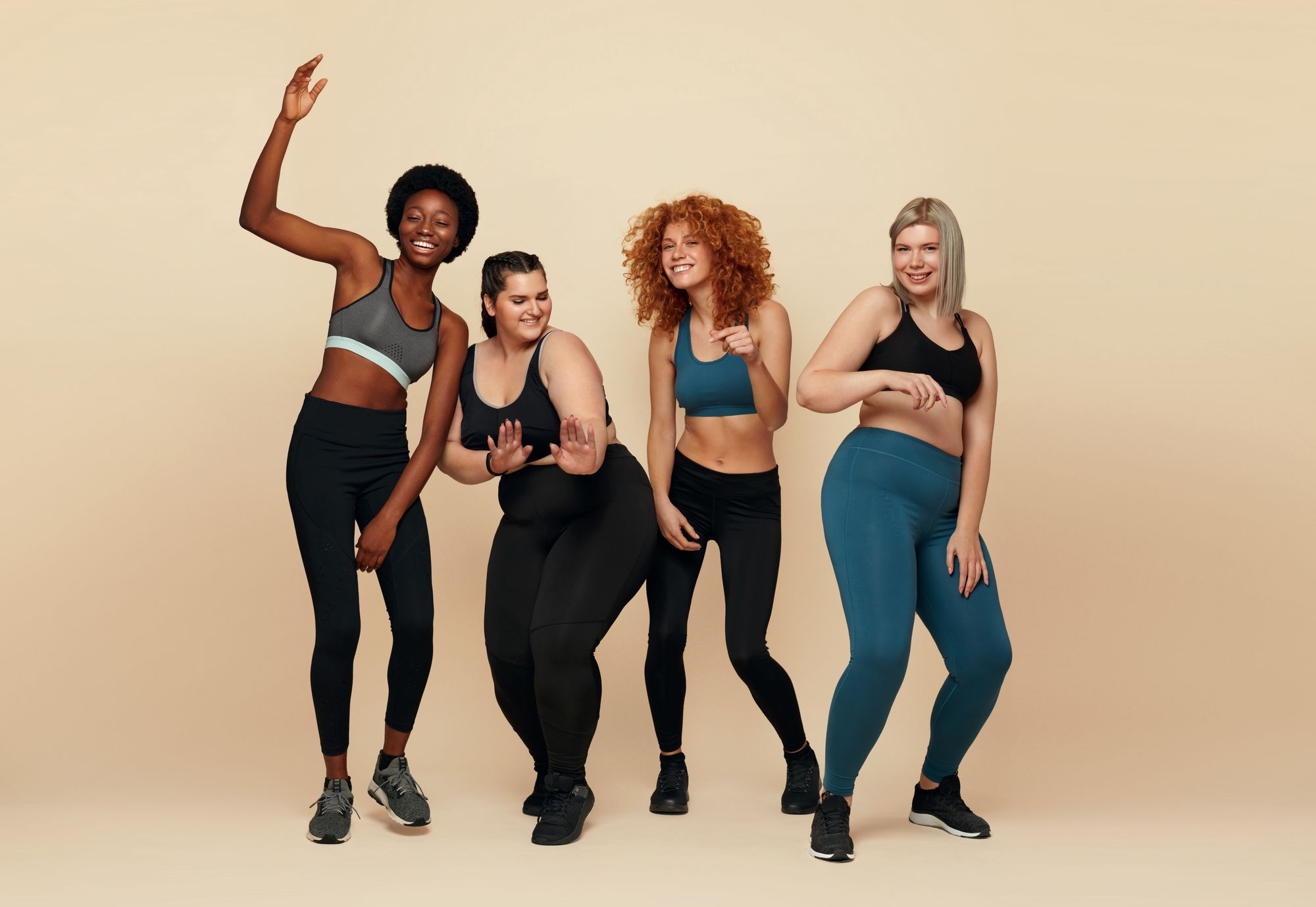
These are just a few of the things that your activity tracker does not know about you.
1. Your body composition
Think of your body as a unique puzzle, with each piece contributing to how many calories you burn during exercise and throughout the day. The first major piece of the puzzle is your body composition. Simply put, muscle burns more calories than fat, even when you're sleeping or just lounging around.
Every pound of muscle on your frame is responsible for burning an additional 10 - 15 calories per day compared to a pound of fat. This means that two people can have the exact same body height, body weight, and exercise routine, and still burn different amounts of calories purely based on their muscle mass. In this scenario, if one person is packing 10 more pounds of muscle, they would require about 100 more calories per day.

2. Your cardiovascular efficiency
Another piece of the puzzle that is often ignored is cardiovascular efficiency. Just like we have varying degrees of physical strength, our hearts and lungs aren't created equal. Some people won the genetic lottery and have a cardiovascular system that is more efficient at exchanging oxygen. That means that they can perform the same level of aerobic work, but use less energy compared to someone else with a less cooperative cardiovascular system.
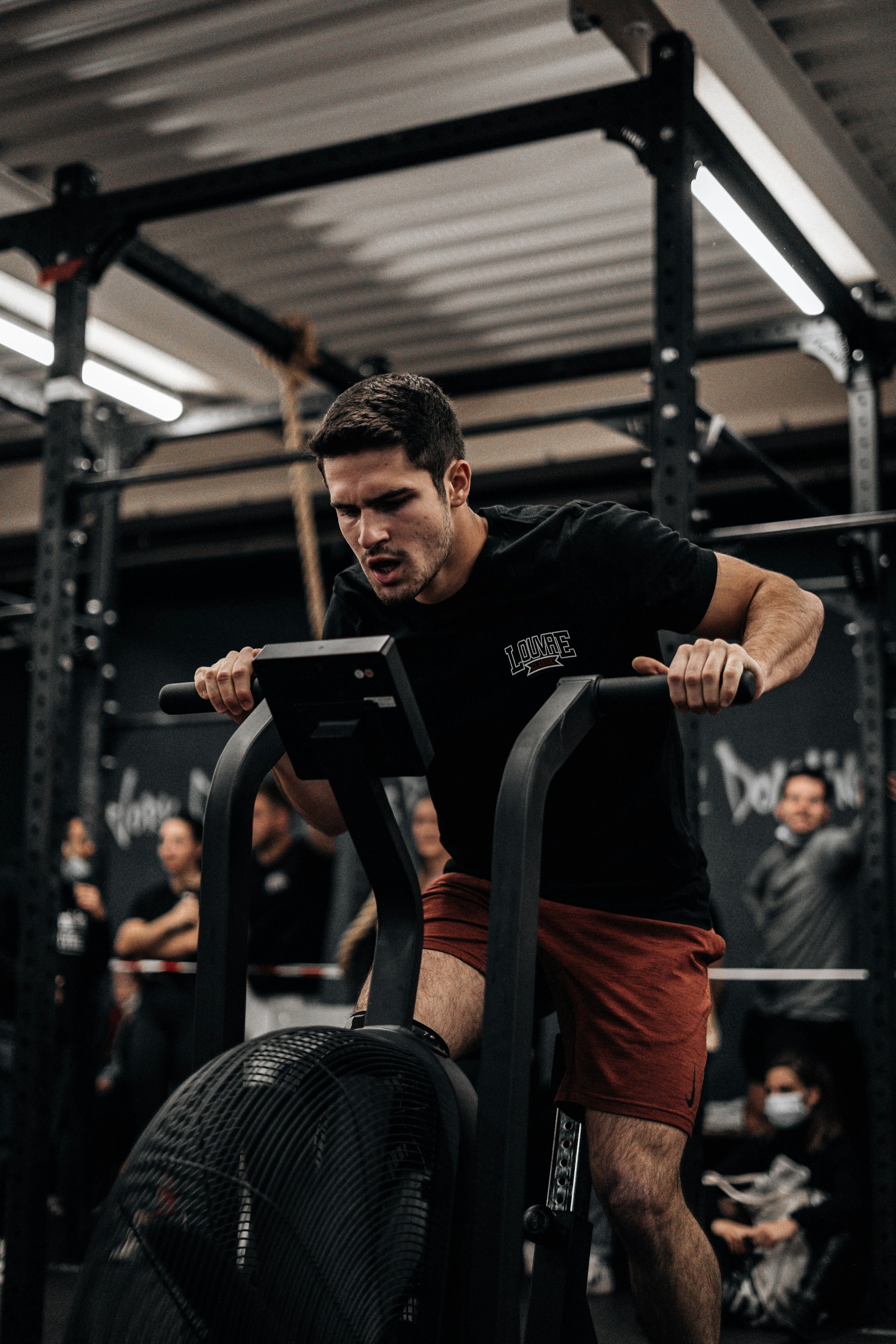
3. Your hormones
Lastly, let's not forget the invisible puppeteers pulling the strings in the background - our hormones. Take insulin for instance, a hormone that is released into the bloodstream to signal our cells to take up glucose (stored carbs) for energy. Folks who are insulin resistant are not as adept at utilizing glucose when they need it. As a result, they might not burn calories as efficiently during exercise.
Additionally, there's the thyroid. The thyroid hormones, T3 and T4, control our metabolic rate, or how fast we burn calories. People with more active thyroids naturally have a higher metabolic rate, churning through tons of calories even when they're chilling on the couch. We all have that one friend who subsists on pizza and ice cream and still struggles to gain weight. Conversely, those with less active thyroids have slower metabolisms and might find it harder to burn calories, even during intense workouts.
The technical limitations of activity trackers
Moving on, let's chat about our wearable workout companions. Activity trackers are technological marvels, and they provide tons of helpful insights that can be used to inform our training. But they're far from perfect. Most devices measure our heart rate and other biometrics at the wrist or finger, which isn’t a very precise location due to its distance from the heart. Additionally, they really struggle to capture some forms of activity.
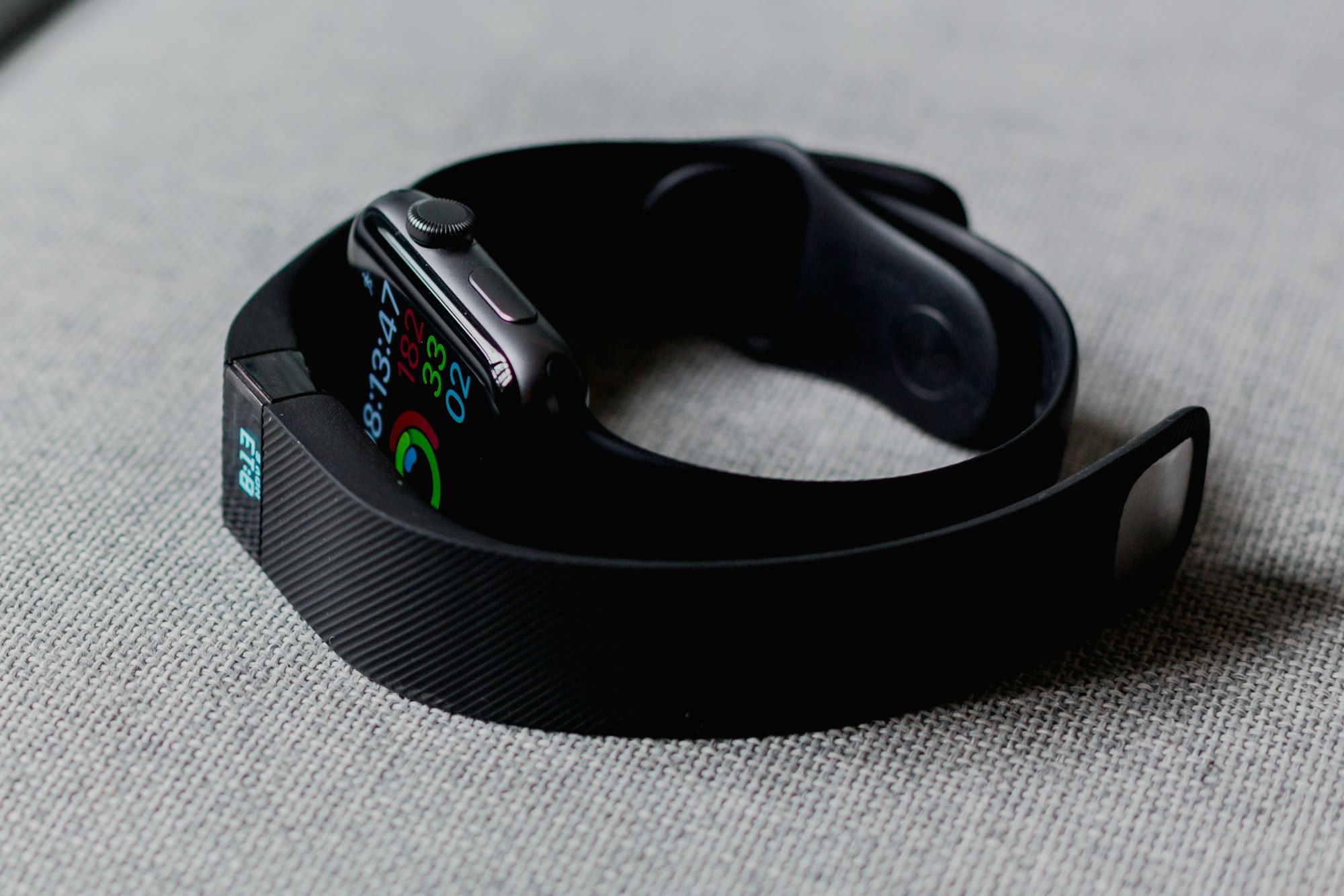
Strength training is your tracker's Achilles heel
Strength training activities are a particular challenge for most activity trackers due to their nature. Cardio is relatively straightforward. Your heart rate goes up, you sweat more - these are all measurable indicators of increased activity and energy expenditure.
However, with strength training, things become more complex. When you lift a weight, different muscles are engaged depending on the type of exercise. The intensity of your exertion doesn't only depend on how fast your heart is beating, but also on how much weight you're lifting, the size of your muscles, and the quality of your mind-muscle connection. Your tracker is not built to detect any of these factors.
Another crucial factor to consider is the so-called "afterburn" effect, or Excess Post-exercise Oxygen Consumption (EPOC). After a strength workout, your body consumes more oxygen as it works to restore itself to its resting state. This leads to higher calorie burn that can last for hours after the workout, and it's especially pronounced after strength training. However, since most trackers are designed to measure calorie expenditure during the workout and not afterward, they typically miss this part of the picture.
Last but not least, weightlifting involves brief bursts of intense effort followed by periods of rest. This isn't the sustained, elevated heart rate that cardio exercises involve, and can make the energy expenditure hard for activity trackers to compute reliably.

Evidence shows that your tracker's calorie burn estimates are way off
Fitness devices have benefitted from massive leaps in technology in recent years. They now provide reliable step counts, heart rate, and skin temperature measurements among others. Unfortunately, scientific studies agree that they still do a poor job estimating energy expenditure (or calorie burn).
- A study published in the Journal of Personalized Medicine in 2017 evaluated several popular wearable devices and found that the energy expenditure readings were off by an average of 27% (ranging from 9% to 43% depending on the device).
- In a study by Stanford Medicine in 2017, researchers tested seven popular fitness trackers for heart rate monitoring accuracy and found that six of the devices showed an error rate of less than 5%. However, the same devices had error rates ranging from 27% to 93% when it came to extrapolating the number of calories burned from exercise.
- A 2018 study published in the British Journal of Sports Medicine found that wrist-worn activity trackers could underestimate heart rate during exercise by up to 34 beats per minute, which leads to inaccurate calorie burn estimates.
How to use the data from your tracker
At this point, you might be wondering: "What are these trackers good for if the calorie count can't be trusted?"
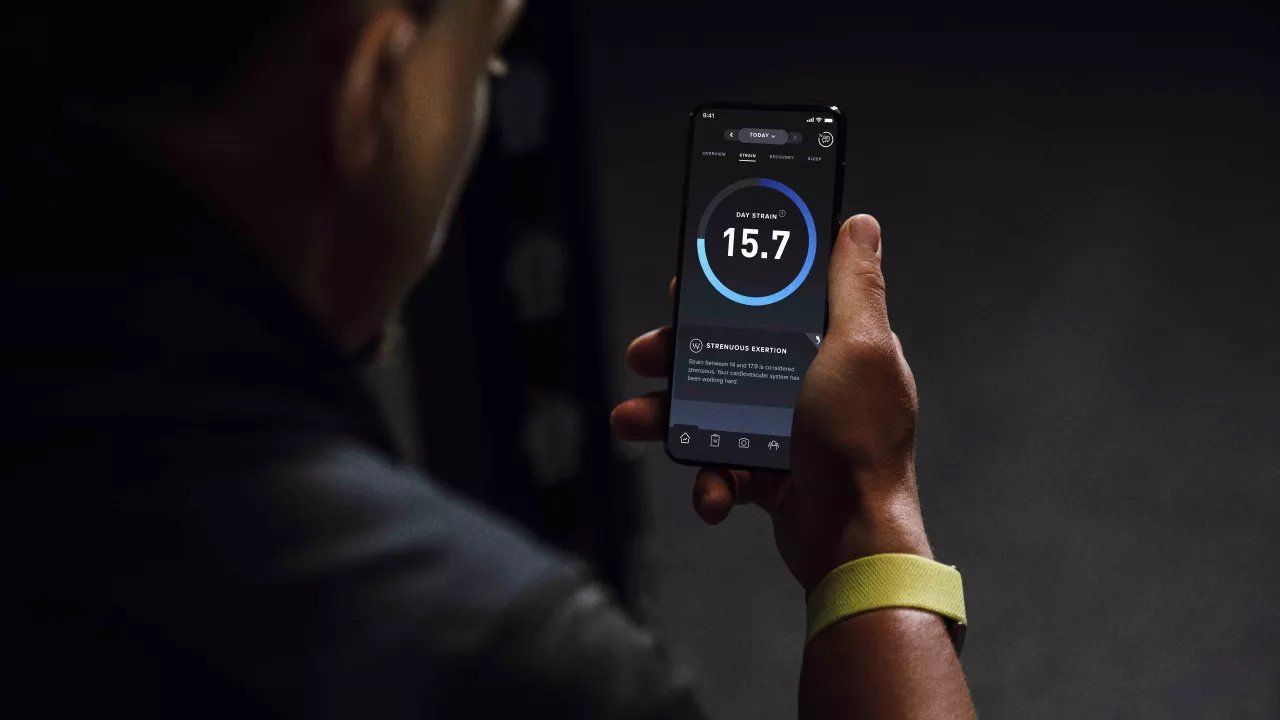
While we've highlighted the potential inaccuracies of your tracker, the goal is not to discredit activity trackers completely. They can absolutely be a valuable tool, and help you reach your fitness goals, as long as you recognize their limitations.
It may not be the best idea to rely on your activity tracker to determine how many calories you should eat. As we have established, they could easily over- or under-estimate your energy needs. And if you eat too little or too much, it could adversely affect your health. Keep in mind, our bodies need sufficient fuel for both our physical activities and basic metabolic functions like breathing, digesting, and cell repair. You can get more accurate and personalized advice based on your individual goals and physiological needs by consulting with a certified nutritionist.
However, what your tracker can do is provide a relative estimate of your activity level. It tells you whether you've been more or less active than you are normally, and you can use that information as one of many inputs to decide how to move or eat the next day. Remember to take the readings as rough guides rather than precise recommendations.
Take in the numbers, but also continue to listen to your body. After all, your feelings, energy level, and performance are often the best metrics to judge your progress and training status. Fuel your body, get sufficient rest, apply intentional effort, and let your experiences guide and propel you.

